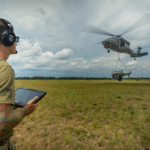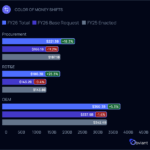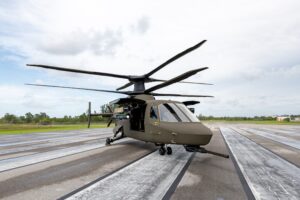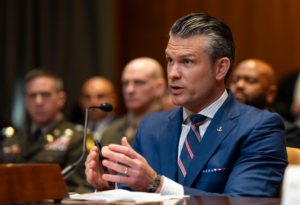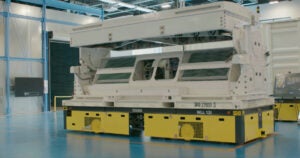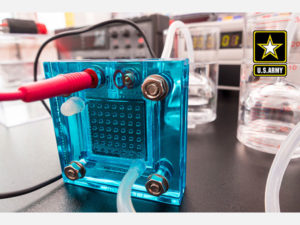
A team of Army-funded researchers successfully used an artificial intelligence system to identify a key catalyst required to design fuel cell technologies for future combat vehicles, officials said Tuesday. Scientists at Cornell University used the AI-powered CRYSTAL mapping system for the Army Research Office program, which it called a “potential breakthrough in both materials science and machine learning” as the service looks for algorithmic tools capable of assisting scientific discoveries. “While material science applications, such as design of novel alloys,…

 By
By 